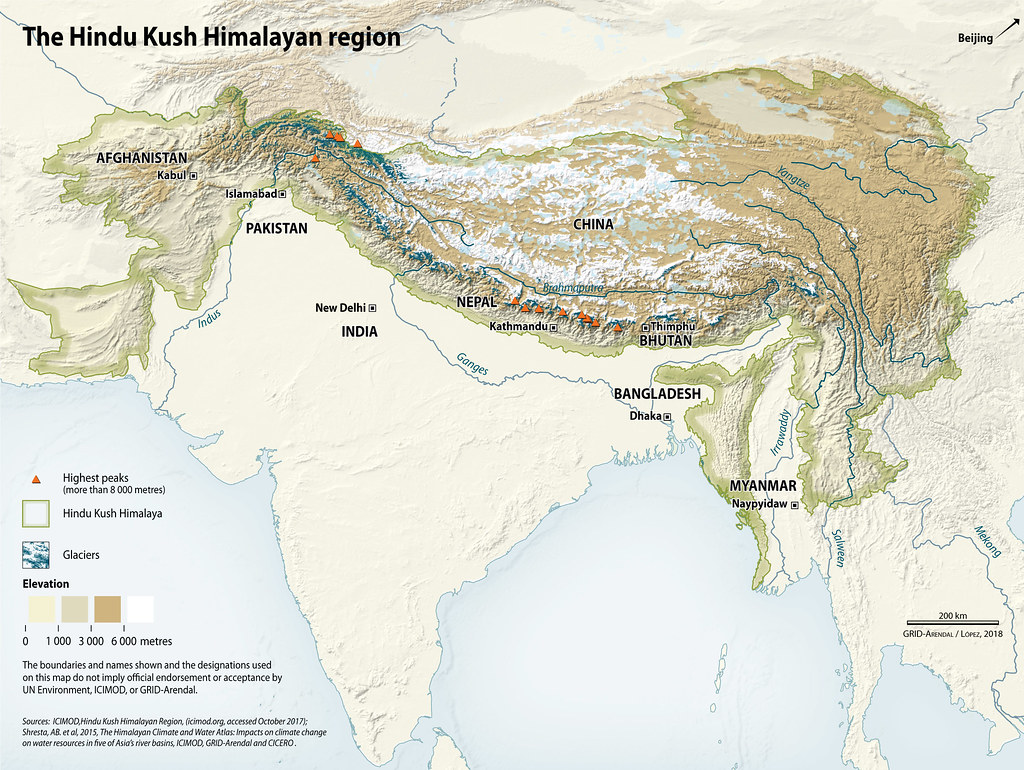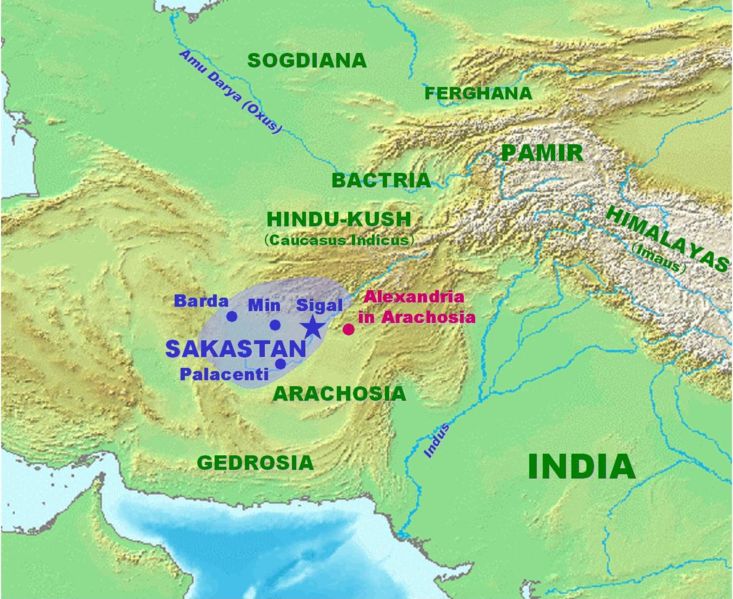Akhand Bharat (Undivided India) refers to the concept of a unified Indian subcontinent, encompassing present-day India, Pakistan, Afganistan ,Bangladesh, Nepal, Bhutan, and parts of Myanmar etc . The idea advocates for the reunion of these territories, which were divided during the 1947 Partition of India.
Key points:
- Akhand Bharat was a popular slogan during India's freedom struggle
- It aims to undo the effects of the Partition and reunify the subcontinent
- Proponents argue that cultural, historical, and geographical ties bind the region together
- Critics see it as a form of Indian expansionism or nationalism
- The concept remains a topic of debate among politicians, historians, and scholars
The idea of Akhand Bharat has been discussed and debated for decades, with varying interpretations and implications. While some see it as a means to promote regional unity and cooperation, others view it as a threat to the sovereignty of individual nations.
'Rik ved-बृहस्पति आगम' के अनुसार-
“हिमालयात् समारभ्य यावत् इन्दु सरोवरम्।
तं देवनिर्मितं देशं हिन्दुस्थानं प्रचक्षते॥”
“Himalayat samarabhya yabat indu sarovaram,
Ta devnirmit desha hindusthan prachaxyate.”
यानि हिमालय से प्रारम्भ होकर इन्दु सरोवर (हिन्द महासागर) तक यह देव निर्मित देश हिन्दुस्थान कहलाता है।
भारत में रहने वाले जिसे आज लोग हिंदू नाम से ही जानते आए हैं।
That is, starting from the Himalayas to Indu Sarovar (Indian Ocean), this God-made country is called Hindustan.
People living in India today know it by the name of Hindu.
Himalay - Hi , Indu Sorovar - ndu [Hindu]
The Himalayas were formed around 50 million years ago when the Indian tectonic plate collided with the Eurasian plate. This massive collision, known as the Himalayan orogeny, pushed up the Earth's crust to form the highest mountain range in the world.
Because all the mountain shapes are formed due to the Indian plate.Therefore all these places should be ours.
Minhaj-i-Siraj Juzani
• Foreign traveller who used Hindustan term for the first time in 13th century means the area of Punjab,Haryana and land between Ganga and Yamuna.
•Book Tabaqat-i-Nasiri
•He was a court poet of Qutb-ud-din Aibak & Sultan Nasiruddin Mahmud Shah .




Comments
Post a Comment